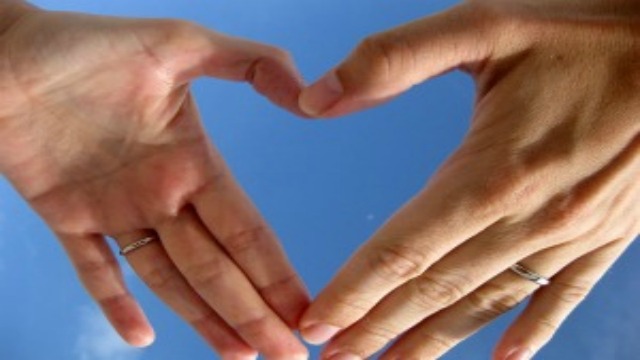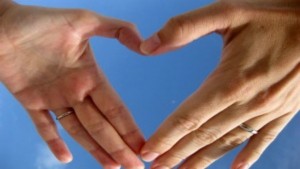In May, I went to a Down to a Science Café. The topic was Attached: The Science of Romantic Relationships. The speaker was psychologist Rachel S. F. Heller, M.A who is one of the authors of Attached; the other author is psychiatrist and neuroscientist Dr. Amir Levine. Heller was wonderful in showing that adult romantic partnerships have patterns similar to those one has as a child attaching with parents. Humans have a need for attachment that is hardwired from eons of biological evolution; however, that need for attachment is expressed differently. Heller used snippets from Sex in the City to exemplify the three main attachment styles: anxious, avoidant and secure. Needless to say, I was greatly intrigued after seeing Heller talk and I set out to buy the book. It took me awhile as it was sold out when I went to look for it. After reading it, I have discussed it with family and friends, my mom is reading it now and I’ve recommended it to countless people. It not only made me understand my romantic relationships and needs more clearly; it also helped me finally understand family dynamics and limitations of certain friendships.
I was impressed by Attached because it was written by two doctors and based on over 25 years of case studies championed by psychiatrist and psychoanalyst John Bowlby in the field of attachment psychology. Case studies, evolutionary biology and brain activity was alluded to throughout the book. Both authors presented research in order to show biological and neural reactions to attachment and relationship needs as well as defense behavior. The book is laid out in order to identify your own attachment style and those of loved ones while giving pointers for more effective communication and approaches for gaining intimacy.
Since reading this book, I have found it much easier to identify attachment styles in others and how I can better relate to them. I’ve also seen certain relationships improve and deepen with this understanding. I identified my attachment style as "anxious," which means that I’m preoccupied with relationships, tend to worry and need validation from partners on where I stand. The two other styles are "avoidant," which guard their independence and see intimacy as an attack on their space. They often will distance themselves from attachment to guard their independence. While these two styles are polar opposites, the last attachment style, "secure," falls in the middle of the two. Secure types feel comfortable with intimacy and take attachment in stride without needing validation or distance. A quiz is given at the Attached website to determine which type you are your partner falls into. A quiz and tips and tricks are also given in the Attached book and also the dynamics between each style is explained.
Other relationship experts having lauded playing the role of coquette or being independent and downplaying the need for intimacy. Yet attachment research has uncovered that forming close relationships is a part of our evolutionary history. Like other pack animals, we are hardwired for attachment because it has been an effective survival adaptation. On a very basic level, we all strive for closeness starting from children and into adulthood as a means of survival. Attached was a wonderful book in addressing how this need can be fulfilled.

